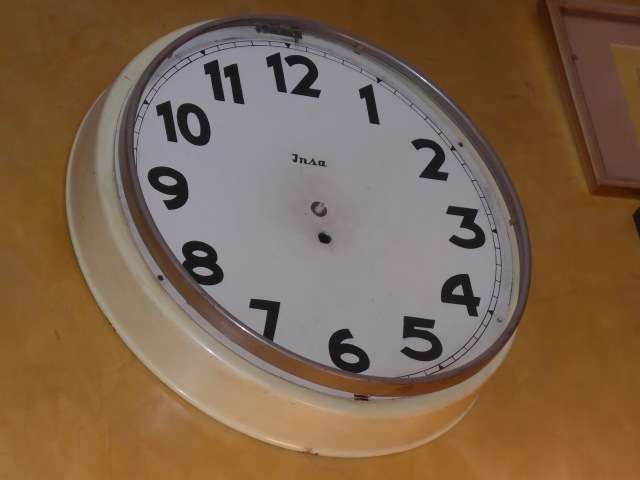
By Caitlin Kelly
Attention is now probably the scantest resource on the planet. We’re all overwhelmed and distracted, so how can you get a room filled with (mostly) strangers to sit still and really listen to your speech or talk?
It’s do-able, but it’s also work.
I’ve given many public presentations over the years: to retail students at the University of Minnesota, to retail executives at the annual Retail Customer Experience conference, and many times at the annual conference of the American Society of Journalists and Authors.
Do I get nervous beforehand?
Of course!
Unlike most speakers, I never use slides or any other visuals like PowerPoint. If I’m not compelling, slides aren’t going to help. (I get that, with lots of specific scientific or numeric data, these can be essential. They also make taking a cellphone image of them easy and quick for the audience.)

Some people in my audience had done conflict zone work, humanitarian work, newspaper work…
Know your audience and what they need most from your remarks
The single most important element. Until you know who’s going to be listening (or potentially, because at any conference — unless you’re the keynote — your session is competing head-to-head with others in the same time slot) you can’t begin to prepare your remarks.
At my recent presentation at the Northern Short Course, an annual meeting of photojournalists, I was told the audience would be mostly mid-career — yet a high school student and a college senior came up afterward. The ages ranged from 17 to 60s.
Prepare and practice
Never ever ever try to “wing it.” The best presentations may feel spontaneous and casual to the audience — but they are absolutely not. Write out your speech or your talking points, in order, and make sure there’s a logical flow to them. The more you practice, the more you’ll edit and refine. The voice can be casual and conversational but there’s a lot of structure behind it.

Time your remarks
To the minute! Nothing is worse than a speaker who rushes and talks waytoofast or loses track of their allotted time. Listening is tiring!
How do you want your audience to feel when you’re done?
I always want people to leave the room inspired, not tired. I’m not perky or saccharine, but our work is difficult and, even when I acknowledge that, I want to offer practical help.
Breathe deeply, slooooow down and bring a glass of water (no ice)
Take a few deep breaths before you begin, to calm down. Always have a glass of water handy for dry mouth — and no ice! Nothing’s more embarrassing than a pile of ice suddenly shooting down your face and neck in front of everyone. I also think swigging from a plastic bottle is inelegant. It is a performance.
Share some personal stuff
Not confessional, of course, but choose carefully a few anecdotes fully relevant to the theme of your speech that the audience will be able to relate to. Being stiff and pompous is a huge turn-off.

Make sure to leave plenty of time for questions and comments
My most recent presentation was (whew!) 75 minutes…so I timed my remarks for 45 (which is long!) and allowed a full 30 for questions. I still had a dozen people lined up afterward to ask more. If you’ve been engaging, people will want to contribute their thoughts as well.
Don’t rush off afterward
If people want to chat with you one-on-one (a compliment, I think) listen to each one carefully (although keep it moving if the line is long!) and be sure to get their business card; offer yours to them as well if you want to follow up. I think being asked to address an audience is a real honor, so I always looks forward to the new connections we can forge as a result.
Watch other speakers to see how they hold and capture attention
There’s no shortage of inspiring material out there! Celebrities giving commencement speeches, people on YouTube and sooooo many TED talks. Watch how others do it well and get some good ideas for yourself. At the last conference, I watched other solo presenters to see how they engaged their audiences.
